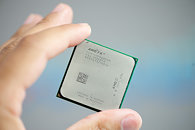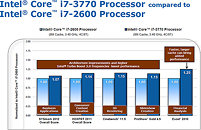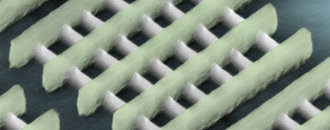
AMD Realizes That Bulldozer Has 800 Million LESS Transistors Than It Thought!
AMD's new flagship Bulldozer "FX" series of processors have turned out to be mediocre performers in almost every review and benchmark going, sometimes even getting bested by the existing Phenom II and certainly no match for their Intel competition. To add to this tale of fail, it now turns out that AMD didn't even know how many transistors they have! Anand Lal Shimpi of AnandTech received an email from AMD's PR department and this is the revelation he had to share with us:
This is a bit unusual. I got an email from AMD PR this week asking me to correct the Bulldozer transistor count in our Sandy Bridge E review. The incorrect number, provided to me (and other reviewers) by AMD PR around 3 months ago was 2 billion transistors. The actual transistor count for Bulldozer is apparently 1.2 billion transistors. I don't have an explanation as to why the original number was wrong, just that the new number has been triple checked by my contact and is indeed right. The total die area for a 4-module/8-core Bulldozer remains correct at 315 mm².







